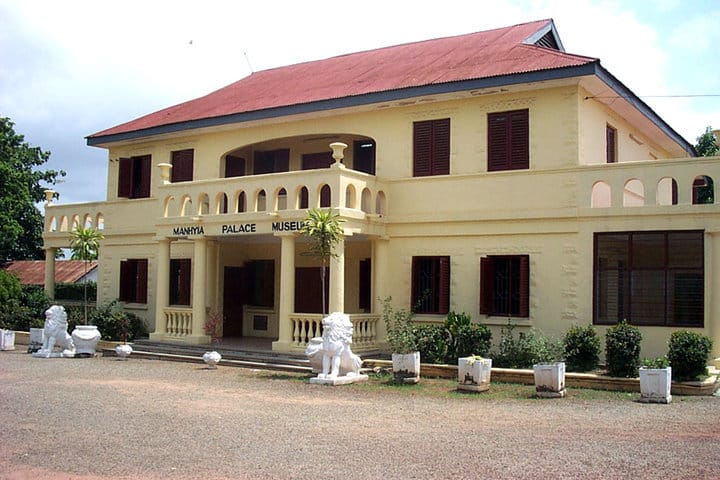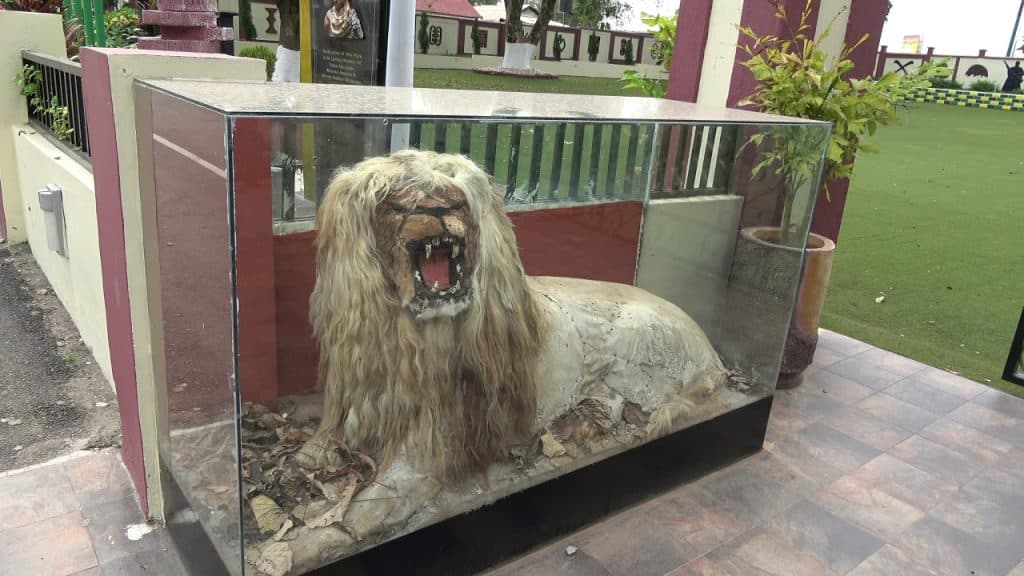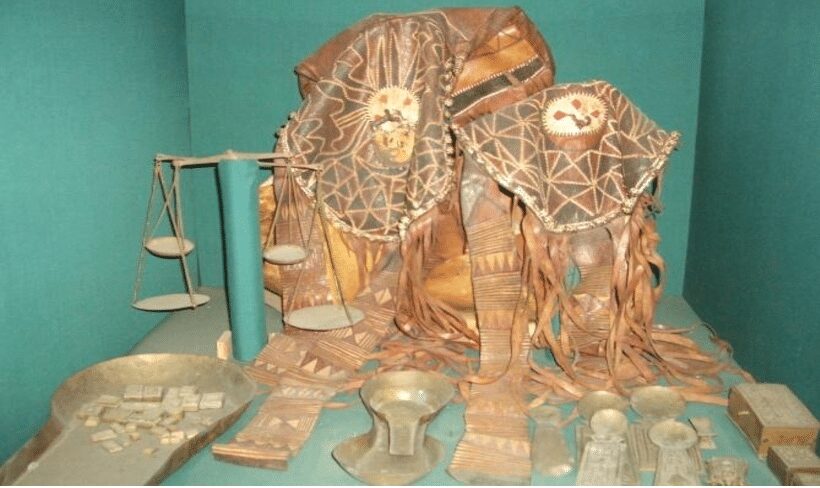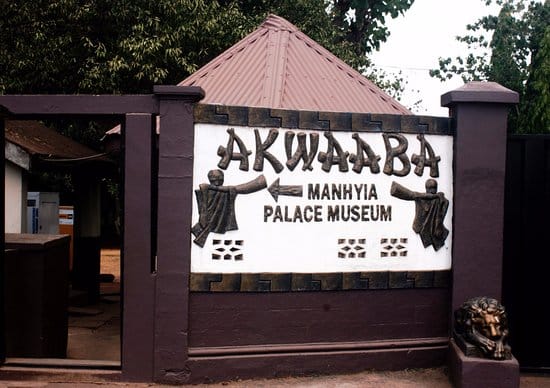The Manhyia Palace Museum is a historical museum located in Kumasi, Ashanti, Ghana, and situated within the Manhyia Palace. Its history dates back to 1925 when it was first established as a private residence for Asantehene Agyeman Prempeh I, who had returned from almost three decades of exile.
The palace was the residence of the Asante monarchs until 1896 when the British destroyed it during the Anglo-Asante wars. The current palace, which was built in 1925, serves as the official residence of the Asantehene, the traditional ruler of the Ashanti people.

After its establishment, the Manhyia Palace served as a venue for important national events, meetings, and ceremonies, including the coronation of the Asantehene. It was also used as a residence for visiting dignitaries and heads of state.
In 1995, the Palace was rehabilitated at the cost of 12,000 cedis, and subsequently reopened to the public on August 12th of that year by Otumfuo Opoku Ware II, the 15th King of the Ashanti Kingdom, as part of his Silver Jubilee celebration. The rehabilitation of the Palace aimed to preserve and showcase the culture and history of the Ashanti Kingdom.

Today, the Manhyia Palace Museum provides a unique opportunity for visitors to gain an insight into the culture of Ashantiland and Ghana’s cultural legacy from before its colonization by Great Britain. It primarily serves “to commemorate (the Ashanti people’s) own kings, queens, and leaders and to communicate the riches of their history and culture to future generations”. The museum features video presentations and key historical items pertaining to Ashantiland and Ghana’s ancestry, including royal regalia, traditional weapons, musical instruments, and artifacts from the pre-colonial era.
The Manhyia Palace Museum also houses a library and an archive, which contains rare books, manuscripts, and other historical documents related to the Ashanti Kingdom. Visitors can access these resources for research and study purposes.

In sum, the Manhyia Palace Museum is an important historical landmark in Ghana and a must-visit for anyone interested in learning about the culture and history of the Ashanti people. Its establishment as a museum has helped to preserve and showcase the rich cultural heritage of the Ashanti Kingdom, making it accessible to both Ghanaians and visitors from around the world.






































